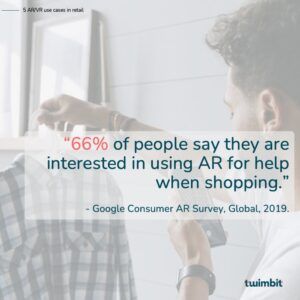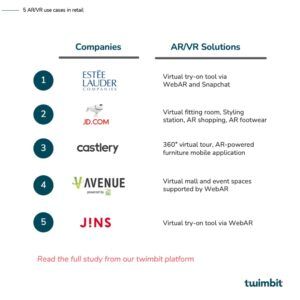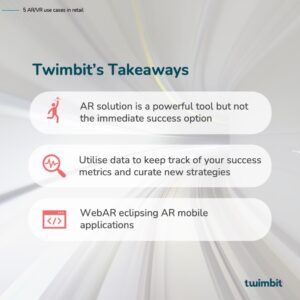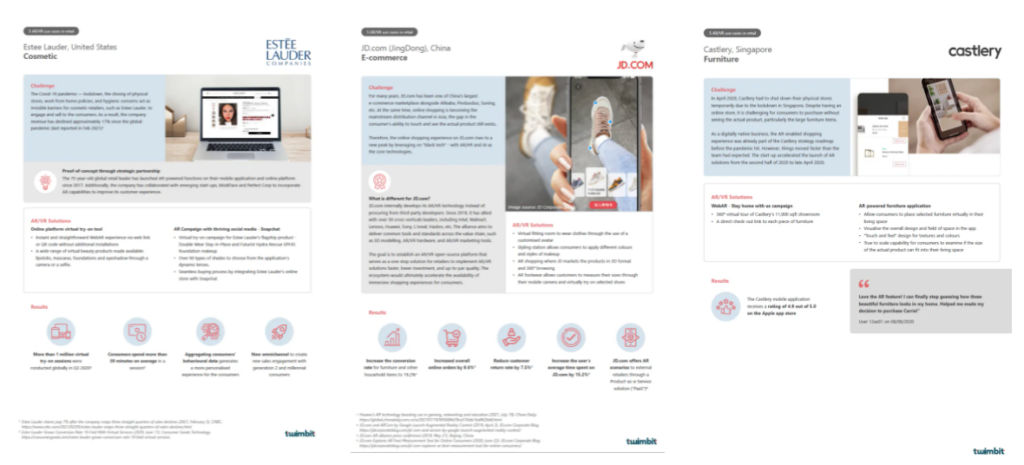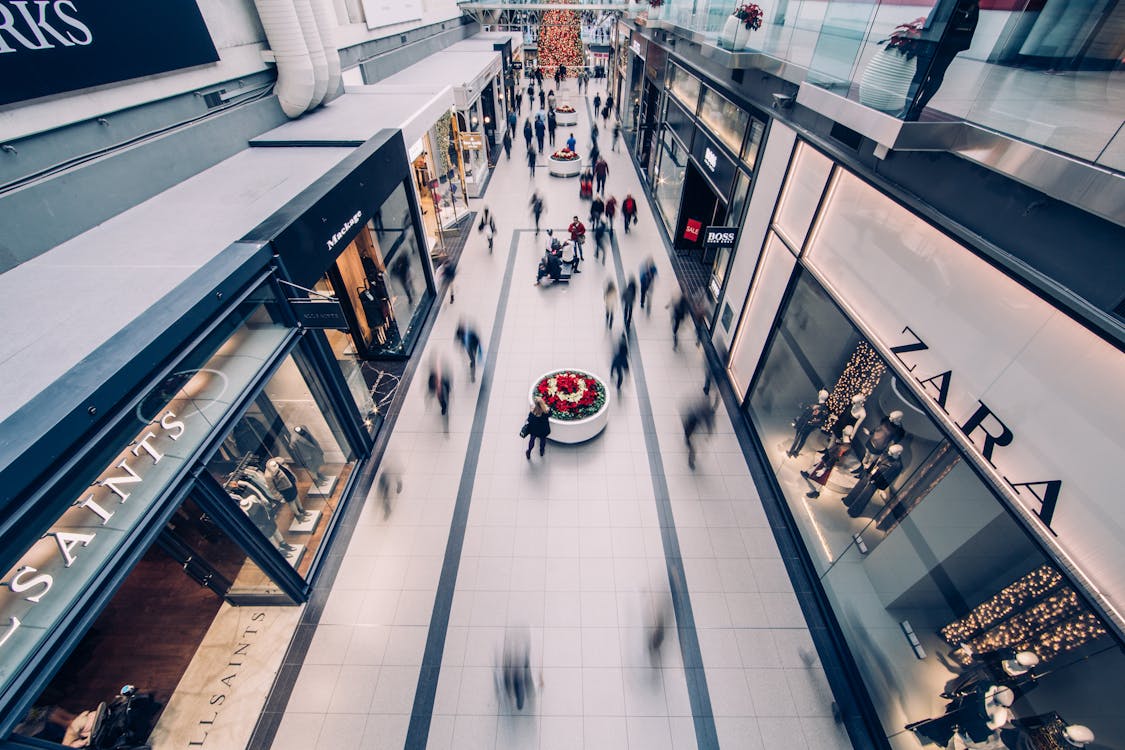
AR/VR: One of the next-gen retail technologies
Retail, from physical outlets to e-commerce, is one of the most booming industries to adopt digitalisation. From spreadsheet inventory tracking to real-time inventory management software, the existence of the internet and smartphones have transcended retail into a whole new era.
Previously, we pointed out how 5G and other synergy technologies will improve Augmented Reality or Virtual Reality (“AR/VR”)’s ability to become next-gen technology. Also, if you have read the 5 critical characteristics of AR/VR, you should start thinking about integrating them into your business growth strategy.
Retail is a dynamic and competitive industry — retailers such as yourself need to recognise the innovative approaches necessary to create a seamless customer experience and meet consumers’ expectations.
Google Consumer AR Survey, Global, 2019.
To help you start, we have selected 5 AR/VR applications adopted by retailers of different sizes and types. The goal, to inspire growing retailers and identify AR/VR capability across the business functions in your business.
Learn how the selected 5 retailers are using AR/VR to overcome their business challenges.
Twimbit’s takeaways
AR solution is a powerful tool but not the immediate success option
Most retailers are leveraging AR solutions to improve their e-commerce customer experience. The AR characteristics have bridged the gap that existed between the physical store and online store experience. In addition, visualising the actual product in 3D will boost consumers’ perceptions, increasing the conversion rate.
However, AR technology alone will not help your business to thrive. If we revise the five use cases above, you may notice that the priority of these retailers is to solve customer issues with online shopping. They have mapped their customer journey by walking in their shoes, and AR solution appears to be the best tool to improve customer experience.
Retailers need to bear in mind that – while AR solution can be instrumental for your sales and marketing strategy, you must first understand your target customers and identify the right digital touchpoints to create a close relationship with them.

Utilise data to keep track of your success metrics and curate new strategies
To find your sweet spot in integrating AR/VR technology into your business, you must extract data across the consumer touchpoints from the AR solution. Aggregating the data points allow retailers to measure which AR function creates the most engagement among the consumers or which touchpoints have the highest conversion rate that gets consumers to purchase.
The data sets will eventually help you eliminate non-performing touchpoints, enabling you to utilise available resources to optimise the AR solution, drive sales and maximise ROI.
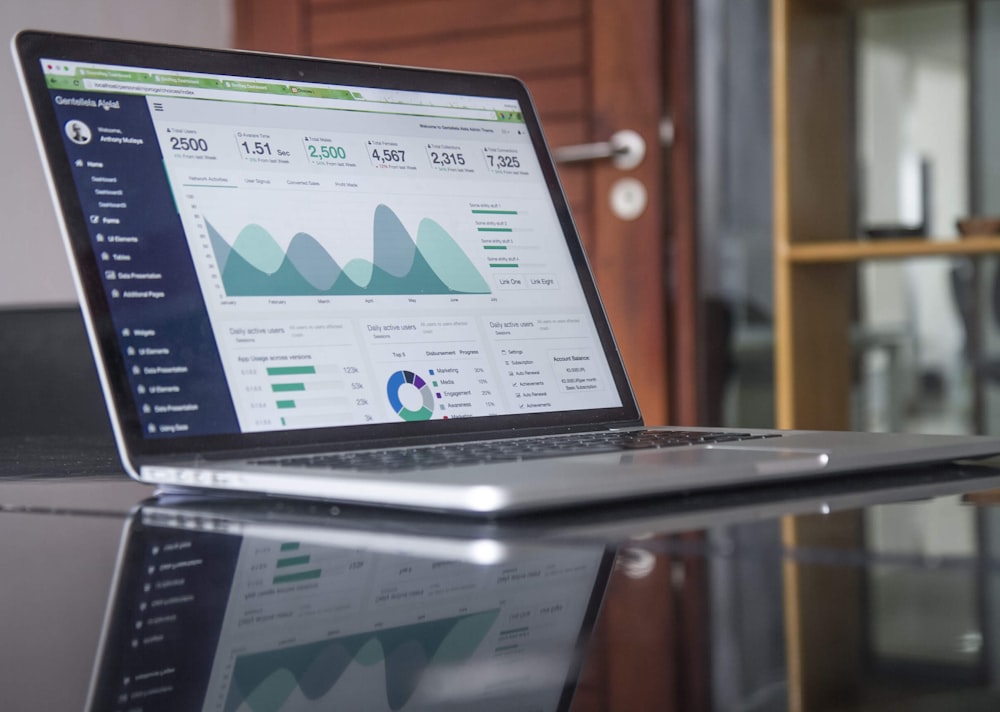
WebAR eclipsing AR mobile applications
Currently, consumers can access these AR solutions via the web. With WebAR, consumers can easily shop without installing applications and facing tedious issues like incompatible systems or insufficient memory space.
Retailers like yourself need to consider the appropriate AR solution carefully for your target customers. For example, if you are focusing on nurturing private domain traffic, building in-app AR functions is an excellent decision to serve your existing customer base. However, if you intend to reach out to the mass market, WebAR acts as a better opportunity for consumers to use due to convenience.



